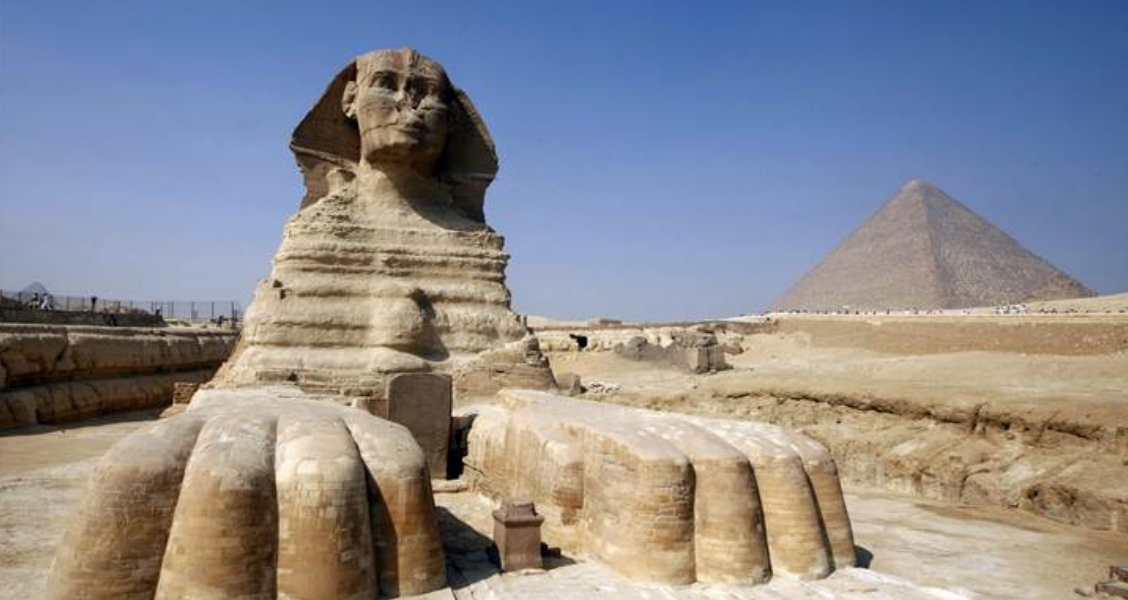
The Rich History and Cultural Heritage of Egypt
As one of the most iconic destinations in the world, Egypt is known for its rich history and cultural heritage. From the mesmerizing pyramids to the beautiful temples and ancient ruins, Egypt offers a wealth of tourist attractions that captivate the imagination of travelers.
The Great Pyramids of Giza: No visit to Egypt is complete without witnessing the awe-inspiring Great Pyramids of Giza. Built as tombs for the pharaohs, these majestic structures have stood for centuries and continue to be a symbol of the ancient Egyptian civilization.
The Sphinx: Just a stone's throw away from the pyramids, the Sphinx is a mythical creature with the body of a lion and the head of a human. It is an iconic symbol of Egypt and is believed to guard the pyramids.
The Valley of the Kings: Located on the west bank of the Nile River, the Valley of the Kings is the final resting place of numerous pharaohs and nobles. The intricately decorated tombs and the well-preserved ancient artifacts make it a must-visit site for history enthusiasts.
Karnak Temple: Situated in Luxor, the Karnak Temple Complex is one of the largest religious complexes in the world. It comprises multiple temples, chapels, and obelisks that offer a glimpse into the religious practices of ancient Egypt.
The Egyptian Museum: Located in the capital city of Cairo, the Egyptian Museum is home to an extensive collection of artifacts and treasures from ancient Egypt. It houses the famous golden mask of Tutankhamun and countless other artifacts that provide insight into the country's ancient past.
Here's a table to summarize the key features of these famous tourist places:
| Tourist Place | Key Features |
|---|---|
| Great Pyramids | Ancient tombs for pharaohs |
| Sphinx | Mythical creature guarding the pyramids |
| Valley of the Kings | Final resting place of pharaohs and nobles |
| Karnak Temple | One of the largest religious complexes |
| Egyptian Museum | Extensive collection of artifacts and treasures |
Whether you are a history buff or simply fascinated by ancient civilizations, these famous tourist places in Egypt are sure to leave you spellbound. Experience the magic of Egypt and immerse yourself in its rich history and cultural heritage.
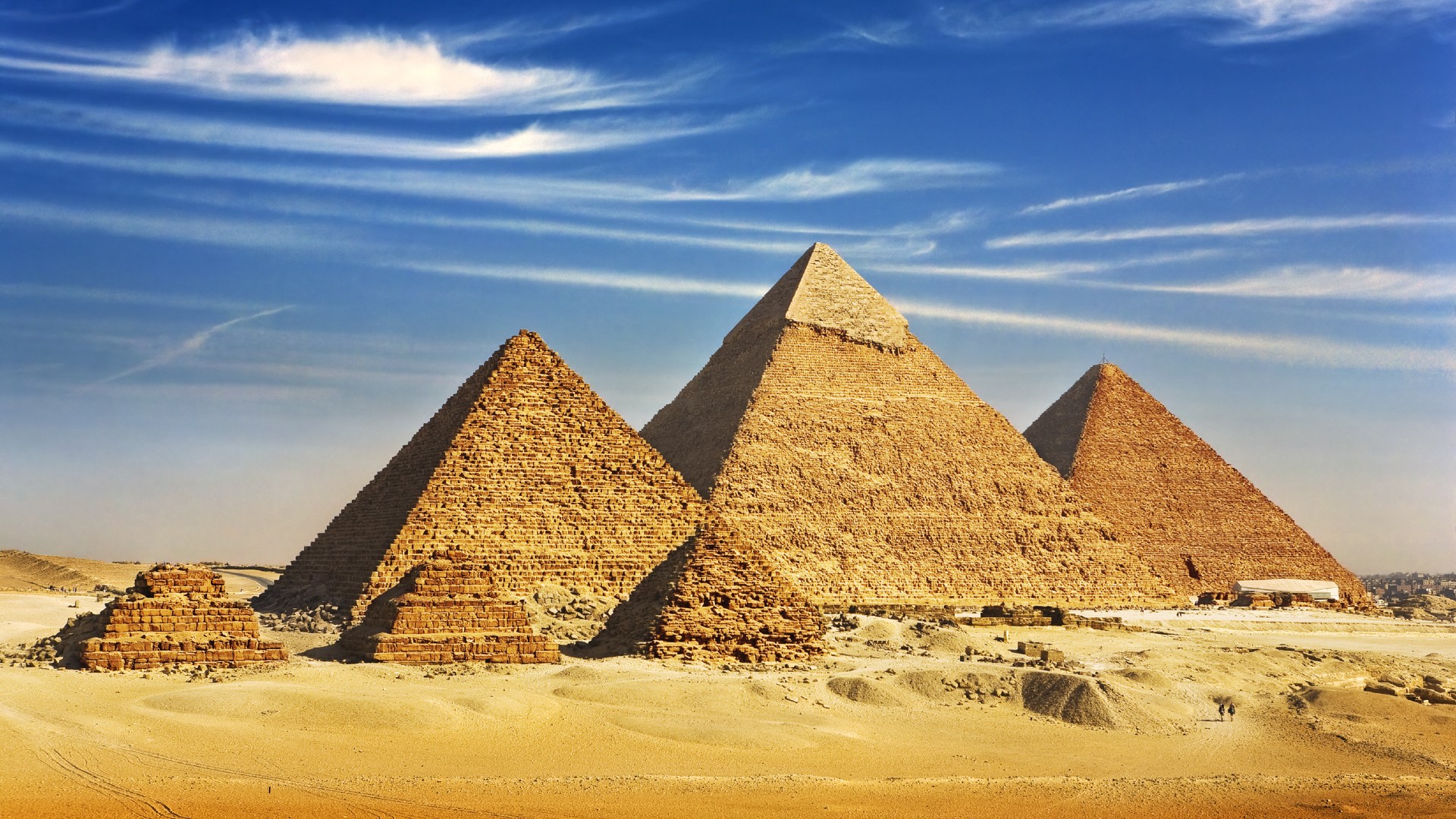
The Great Pyramids of Giza
Overview of the Great Pyramids of Giza
The Great Pyramids of Giza are undoubtedly the most iconic and famous tourist attractions in Egypt. Located on the outskirts of Cairo, these ancient wonders have stood the test of time and continue to amaze visitors from around the world.
The Great Pyramids consist of three main pyramids: the Great Pyramid of Khufu (also known as the Pyramid of Cheops), the Pyramid of Khafre, and the Pyramid of Menkaure. These monumental structures were built as tombs for the pharaohs during the Old Kingdom period of ancient Egypt.
Interesting Facts and Architectural Marvels
The Great Pyramid of Khufu is the largest pyramid and one of the Seven Wonders of the Ancient World. Its construction required the placement of more than two million stone blocks, each weighing several tons. The precision and accuracy with which these blocks were stacked is truly astounding, considering they were built over 4,500 years ago.
Another fascinating architectural marvel is the Sphinx, a statue with the body of a lion and the head of a pharaoh. The Sphinx is believed to represent the pharaoh Khafre and serves as a guardian of the pyramids.
Here are some more interesting facts about the Great Pyramids of Giza:
- They were built as colossal tombs for the pharaohs and were meant to ensure their safe transition to the afterlife.
- The pyramids were constructed using advanced mathematical and engineering techniques.
- The Great Pyramid of Khufu was the tallest man-made structure in the world for over 3,800 years.
- The pyramids have survived natural disasters, wars, and centuries of weathering, testifying to the incredible craftsmanship of ancient Egyptians.
- The pyramids were originally covered in a smooth, white limestone casing, giving them a striking appearance when viewed from afar.
Visiting the Great Pyramids of Giza is a mesmerizing experience that allows you to immerse yourself in the rich history and grandeur of ancient Egypt. You can explore the pyramids from the outside or venture inside to discover the intricate passageways and burial chambers.
Plan your trip to Egypt and witness the awe-inspiring majesty of the Great Pyramids of Giza, a testament to the ingenuity and architectural mastery of the ancient Egyptians.
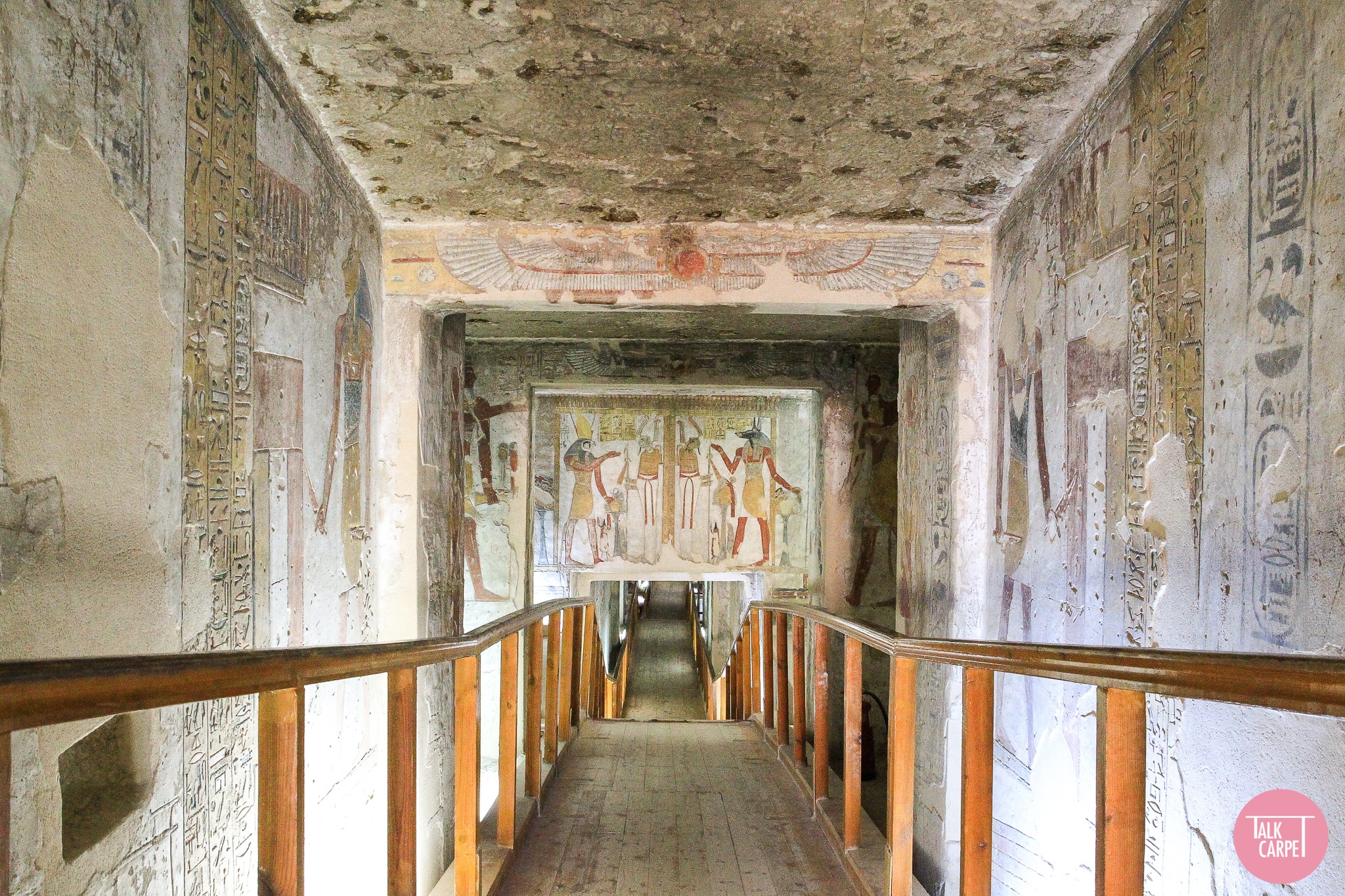
The Valley of the Kings
When it comes to ancient wonders, Egypt is home to some of the most fascinating historical sites in the world. One such place is the Valley of the Kings, located on the west bank of the Nile River in Luxor. This ancient burial ground is known for its magnificent tombs and impressive wall paintings.
Exploring the Ancient Tombs in the Valley of the Kings
The Valley of the Kings served as the burial place for pharaohs of the New Kingdom, with the first tomb dating back to around 1539 BC. Visitors to this site have the unique opportunity to explore the intricate tombs that were once sealed away from the world. Each tomb is a marvel of architecture and is adorned with beautiful and detailed wall paintings that depict scenes from the pharaoh's life and journey to the afterlife.
Famous Pharaohs and Intricate Wall Paintings
One of the most famous pharaohs buried in the Valley of the Kings is Tutankhamun, whose tomb was discovered by Howard Carter in 1922. The extravagant treasures found within the tomb captured the world's imagination and provided valuable insights into ancient Egyptian culture and customs. The wall paintings in these tombs offer a glimpse into the lives and beliefs of the pharaohs, showcasing their luxurious lifestyles and their strong connection to the gods.
Visiting the Valley of the Kings is a truly awe-inspiring experience. The combination of the well-preserved tombs, intricate wall paintings, and the rich history of ancient Egypt creates an unforgettable journey into the past. Whether you are a history enthusiast or simply curious about the wonders of the world, the Valley of the Kings is a must-visit destination in Egypt.
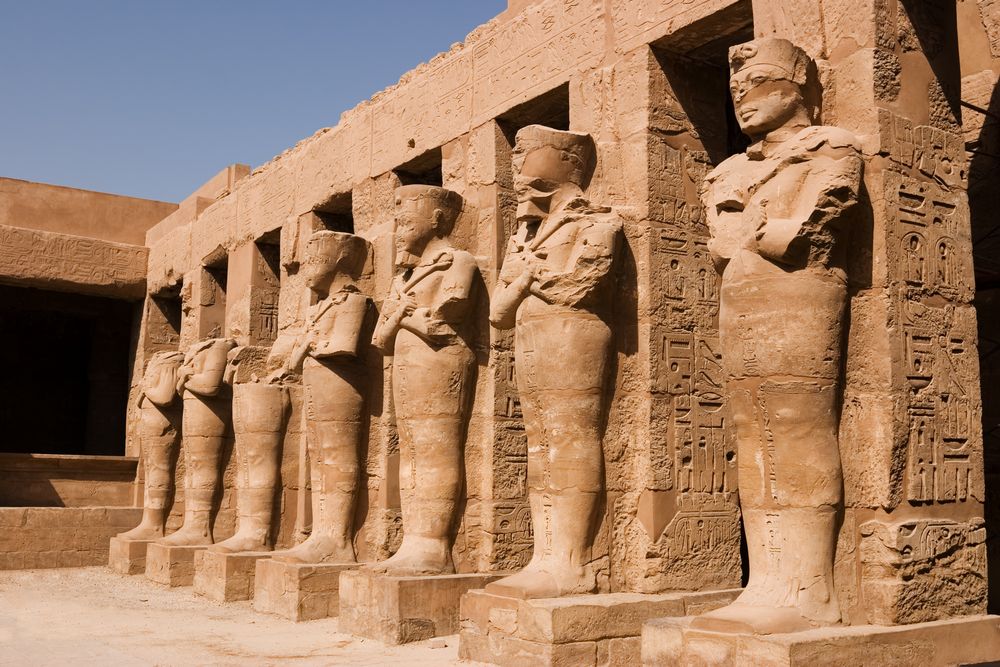
The Temple of Karnak
Immersing in the Magnificence of the Temple of Karnak
Exploring Egypt is like stepping back in time, with its rich history and stunning ancient monuments. Among the countless wonders of this land, the Temple of Karnak stands out as one of the most famous tourist destinations. Situated in the city of Luxor, this temple complex is an awe-inspiring testament to the grandeur of ancient Egyptian architecture and religious practices.
The Temple of Karnak is a vast and sprawling complex covering an area of around 247 acres, making it the largest religious site in the world. It was dedicated to the worship of the Theban Triad, consisting of the gods Amun, Mut, and Khonsu. The construction of this monumental temple complex began over 4,000 years ago and continued for over 2,000 years by successive pharaohs, resulting in a rich blend of architectural styles and artistic representations.
Religious Significance and Remarkable Architecture
The Temple of Karnak was more than just a place of worship. It served as a center for religious and cultural activities, hosting festivals, processions, and rituals that attracted pilgrims from all across ancient Egypt. The complex consists of several temples, pylons, chapels, and obelisks, with each structure holding its unique significance.
One of the most iconic features of the Temple of Karnak is the Hypostyle Hall, an enormous hall with 134 massive columns arranged in a grid pattern. The sheer scale and intricacy of the columns are awe-inspiring, adorned with intricate carvings and hieroglyphs that depict scenes from ancient Egyptian mythology and history.
Another remarkable structure within the temple complex is the Sacred Lake. This rectangular water body had a religious significance and was believed to be the residence of the goddess Mut. It is thought to have been used for purification rituals and as a source of water for various religious ceremonies.
Comparing the Temple of Karnak to other ancient Egyptian sites, such as the Great Pyramids of Giza or the Valley of the Kings, may be challenging as each holds its unique allure. However, what sets the Temple of Karnak apart is its overwhelming size, intricate carvings, and the ethereal ambiance it evokes amidst its well-preserved ruins.
Visiting the Temple of Karnak is like embarking on a journey through time, allowing you to immerse yourself in the mystical world of ancient Egypt. As you walk through the colossal columns, explore the sacred sanctuaries, and gaze upon the hieroglyph-adorned walls, you can't help but feel a profound sense of admiration for the incredible accomplishments of this ancient civilization.
In conclusion, the Temple of Karnak is undoubtedly one of the most remarkable tourist attractions in Egypt, offering visitors the opportunity to witness the grandeur of ancient Egyptian architecture and immerse themselves in the religious practices of this ancient civilization. It is a must-visit destination for anyone seeking to explore the wonders of Egypt's ancient past.
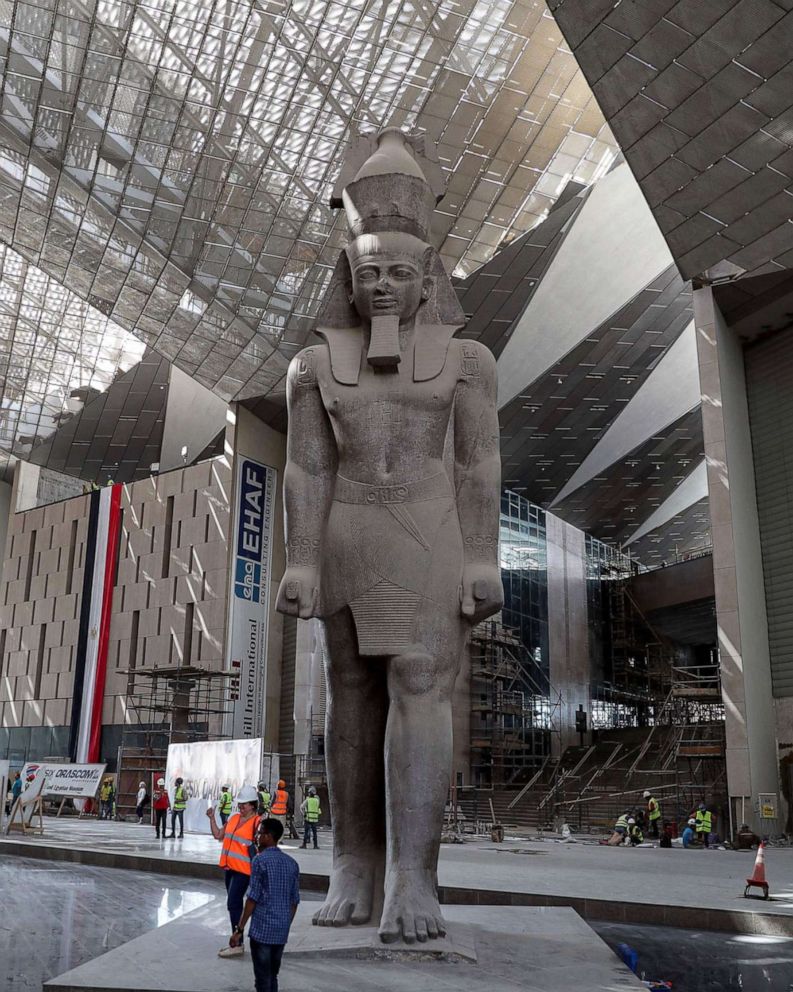
The Egyptian Museum
The Egyptian Museum in Cairo is one of the most famous and iconic tourist destinations in Egypt. This museum is home to over 120,000 artifacts, making it one of the largest collections of ancient Egyptian artifacts in the world.
Discovering Treasures at the Egyptian Museum
Visitors to the Egyptian Museum can explore the rich history of ancient Egypt and get a glimpse into the lives of the pharaohs. The museum showcases a vast array of objects, including statues, jewelry, and mummies. One of the highlights of the museum is the Royal Mummy Room, which houses the well-preserved mummies of some of Egypt's most famous pharaohs.
Famous Artifacts and the Tutankhamun Collection
The Egyptian Museum is best known for its collection of artifacts from the tomb of Tutankhamun. The treasures of Tutankhamun include his iconic golden mask, jewelry, and even his chariots. This collection gives visitors a unique opportunity to see the opulence and grandeur of ancient Egyptian royalty up close.
Overall, a visit to the Egyptian Museum is a must for anyone interested in ancient Egyptian history and culture. With its extensive collection of artifacts and the famous Tutankhamun collection, it offers a fascinating journey through the riches of Egypt's past.
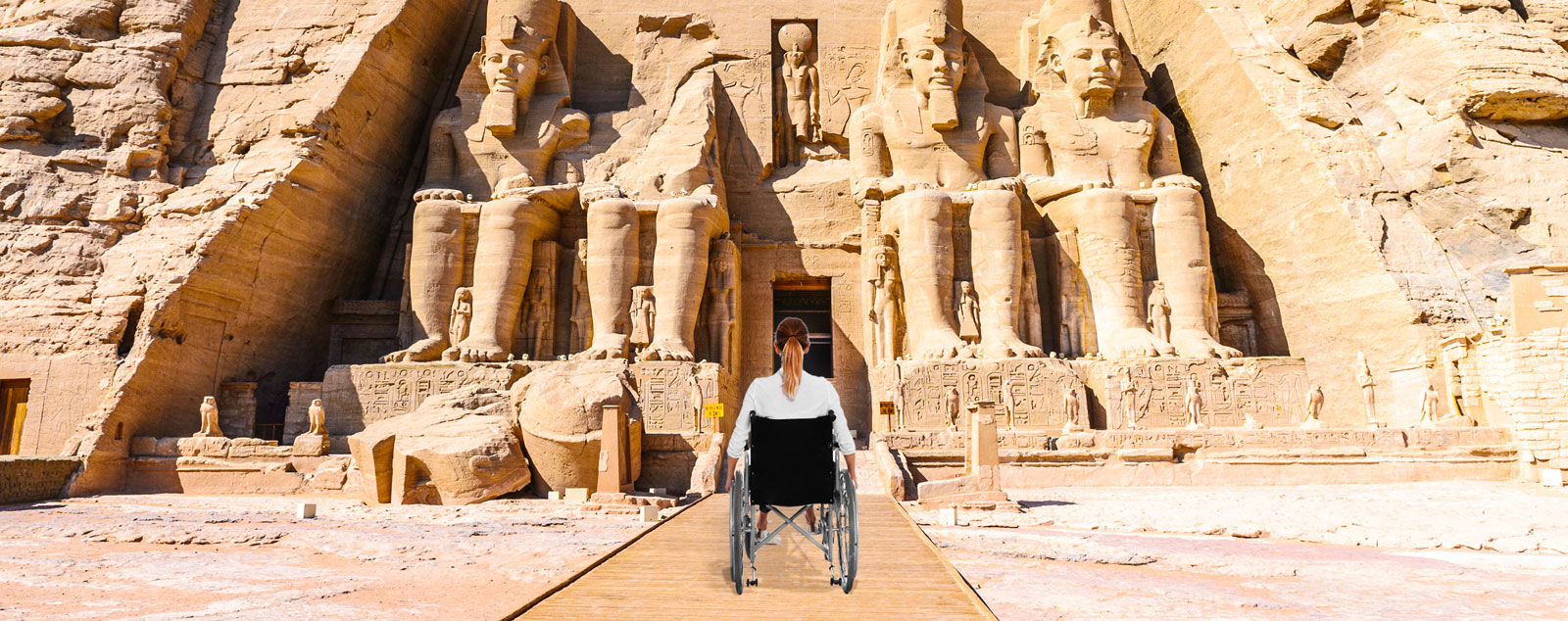
Abu Simbel Temples
The Abu Simbel Temples are among the most famous tourist places in Egypt. Located in the Southern part of the country, near the border with Sudan, these ancient temples are a true marvel of architecture and history. The temples were built during the reign of Pharaoh Ramses II in the 13th century BC and were dedicated to the gods Amun, Ra-Horakhty, and Ptah.
Marveling at the Abu Simbel Temples
The two main temples at Abu Simbel are the Great Temple of Ramses II and the smaller Temple of Hathor and Nefertari. The Great Temple is the most impressive, with its four colossal statues of Ramses II guarding the entrance. Inside, visitors can admire vibrant wall carvings depicting scenes from ancient Egyptian mythology and history.
Here's a table to summarize the key details of the Abu Simbel Temples:
| Temple Name | Great Temple of Ramses II | Temple of Hathor and Nefertari |
|---|---|---|
| Built by | Pharaoh Ramses II | Pharaoh Ramses II |
| Dedicated to | Amun, Ra-Horakhty, and Ptah | Hathor and Nefertari |
| Colossal statues | Four | N/A |
| Wall carvings | Depict ancient Egyptian mythology and history | Depict Hathor and Nefertari |
Visiting the Abu Simbel Temples is an awe-inspiring experience that allows visitors to step back in time and witness the grandeur and artistry of ancient Egypt. The temples are a testament to the architectural prowess of the ancient Egyptians and an essential stop for any history or culture enthusiast traveling to Egypt.

You must be logged in to post a comment.